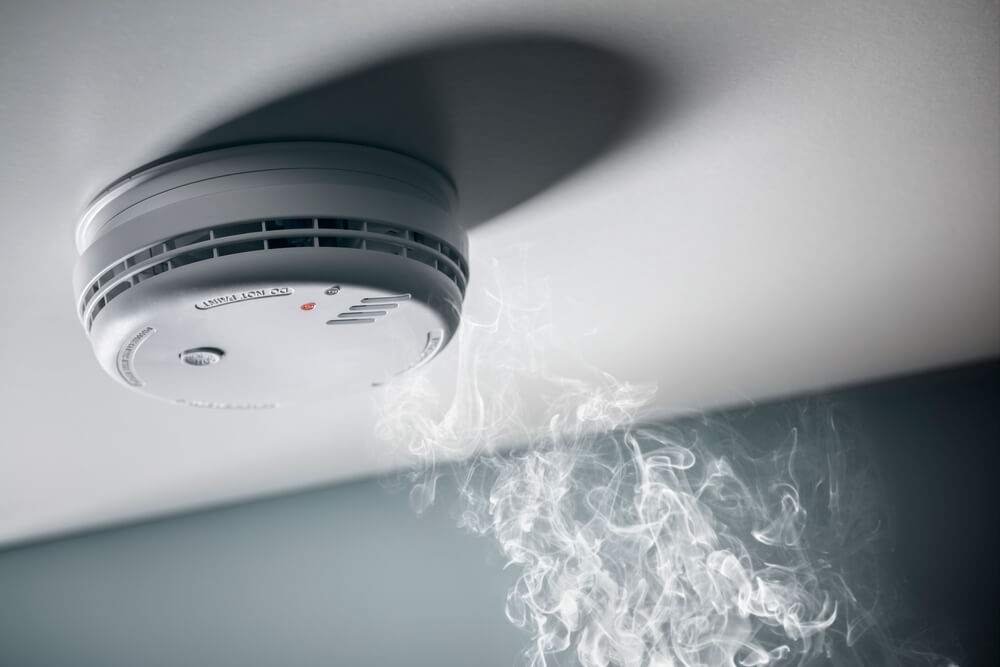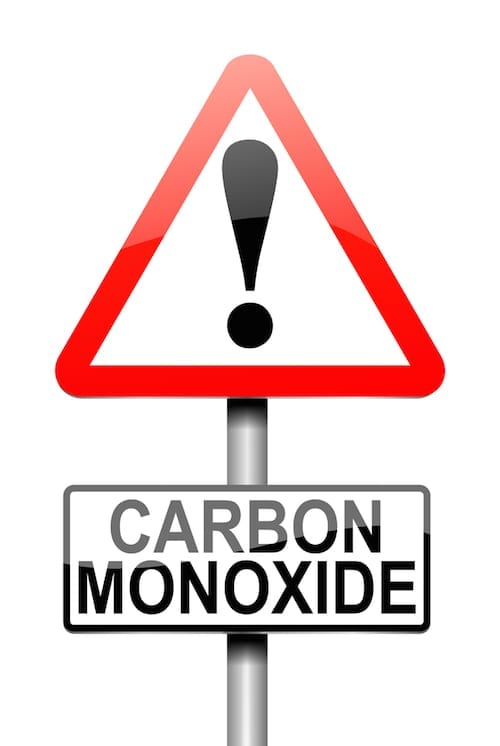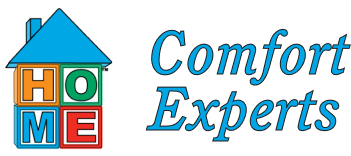
One of the most common dangers to be aware of as a homeowner is carbon monoxide. This odorless gas can cause injury and even death if it gets into your home. However, several safety measures can help to ensure that your furnace system is working properly and that carbon monoxide will not threaten the health of your family.
Protect yourself from the dangers of carbon monoxide (CO) by learning about warning signs, like odd smells or noises from your furnace. Many risks can be caused by this gas, so, as a homeowner, you need to know how to prevent carbon monoxide poisoning from the furnace.
Risks of Carbon Monoxide Poisoning
First, it’s important to understand the risks of carbon monoxide poisoning. Most people know that extremely high levels of carbon monoxide can result in death. According to the Centers for Disease Control and Prevention (CDC), at least 420 people die from accidental carbon monoxide poisoning every year.
The CDC also reports that over 100,000 people in the United States visit the emergency room each year due to accidental CO poisoning. These injuries can be confused as cold or flu-like symptoms, chronic fatigue, headaches, nausea, and seasonal depression. They are mostly caused by low-level carbon monoxide poisoning. The results of this poisoning, over time, however, can cause permanent damage to the brain, heart, and other organs.
Along with the various health risks of carbon monoxide, there are additional concerns that you need to be aware of, including:
- Fire Hazard: Carbon monoxide is flammable, and a leak can pose a fire hazard, especially if the concentration reaches a critical level in enclosed spaces.
- Potential for Explosions: In certain situations, high concentrations of carbon monoxide can lead to explosive conditions, particularly in confined spaces or areas with poor ventilation.
- Financial and Property Loss: Addressing the aftermath of a carbon monoxide leak, including medical treatment and repairs, can result in significant financial loss and property damage.
How Does Carbon Monoxide Get into Your Home?
Although heating and cooling manufacturers strive to provide safe products to consumers and do an admirable job at it, there are still some issues to be aware of so that carbon monoxide cannot become a problem in your home. The link between a furnace and carbon monoxide needs to be taken very seriously when maintaining your home and purchasing new equipment.
Unsealed Gaps in Your Home
It’s common practice these days to seal off windows and other areas of homes where air typically gets in during winter months to cut down on cold drafts. While this is helpful for our comfort and our heating bills, it does not allow as much fresh air to circulate throughout the house.
This can cause stale air or poisonous gasses to linger because they are trapped in an airtight home. Ensuring your home is free of cracks in the foundation or between windows and doors will lower the risk of having your home filled with toxic furnace carbon monoxide.

Damaged Heat Exchanger
A furnace can become dangerous when the heat exchanger gets a crack and allows CO gas to escape into your home. The heat exchanger is the metal wall or tubing that is heated up when the burners are ignited. This is the only wall separating the toxic gasses in the flue from the supply of air in your home.
If your unit is damaged, have it inspected by an HVAC technician immediately. These issues need to be quickly addressed in order to protect you from toxic gas and to safeguard your HVAC equipment.
Challenges With New High-Efficiency Furnaces
New, high-efficiency furnaces are replacing older ones. Again, this is a great improvement on our heating bills and is environmentally friendly, but many times, these new systems use existing chimneys that were not designed for them. This can sometimes allow carbon monoxide to enter the living space.
It’s important to work with experienced technicians who can help you find the best and safest unit for your home. You also need to ensure your system is installed by a professional to reduce the risk of carbon monoxide from the furnace.
Clogged Chimneys
Many carbon monoxide problems result from chimneys that are clogged by soot, animal nests, or other debris. This does not give access to carbon monoxide released from burning wood to leave the home, so it filters back down and can become dangerous.
Keep your chimney free of any blockages to ensure the safe and efficient venting of carbon monoxide and other combustion byproducts. Regular chimney inspections and cleanings by a certified professional are beneficial preventive measures.
How Can You Prevent Carbon Monoxide Poisoning?
The good thing about dealing with carbon monoxide is that it’s easy to prevent issues from arising. There are different devices and methods that will identify its presence or keep your furnace from leaking CO.
- Install Carbon Monoxide Detectors: Place detectors on each floor of your home, especially near sleeping areas. Check and replace batteries regularly to ensure they are functional.
- Invest in Professional Furnace Maintenance: Schedule basic furnace maintenance to detect and address potential issues that could lead to carbon monoxide leaks.
- Ensure Proper Ventilation: Ensure adequate ventilation in enclosed spaces where fuel-burning appliances are used, such as kitchens and utility rooms, to allow proper air circulation.
If you’re worried about carbon monoxide from a gas furnace, have it inspected by our professional technicians from Home Comfort Experts. We provide furnace repairs in Northern Indiana and Southwestern Michigan.
Contact us today to schedule an appointment.



